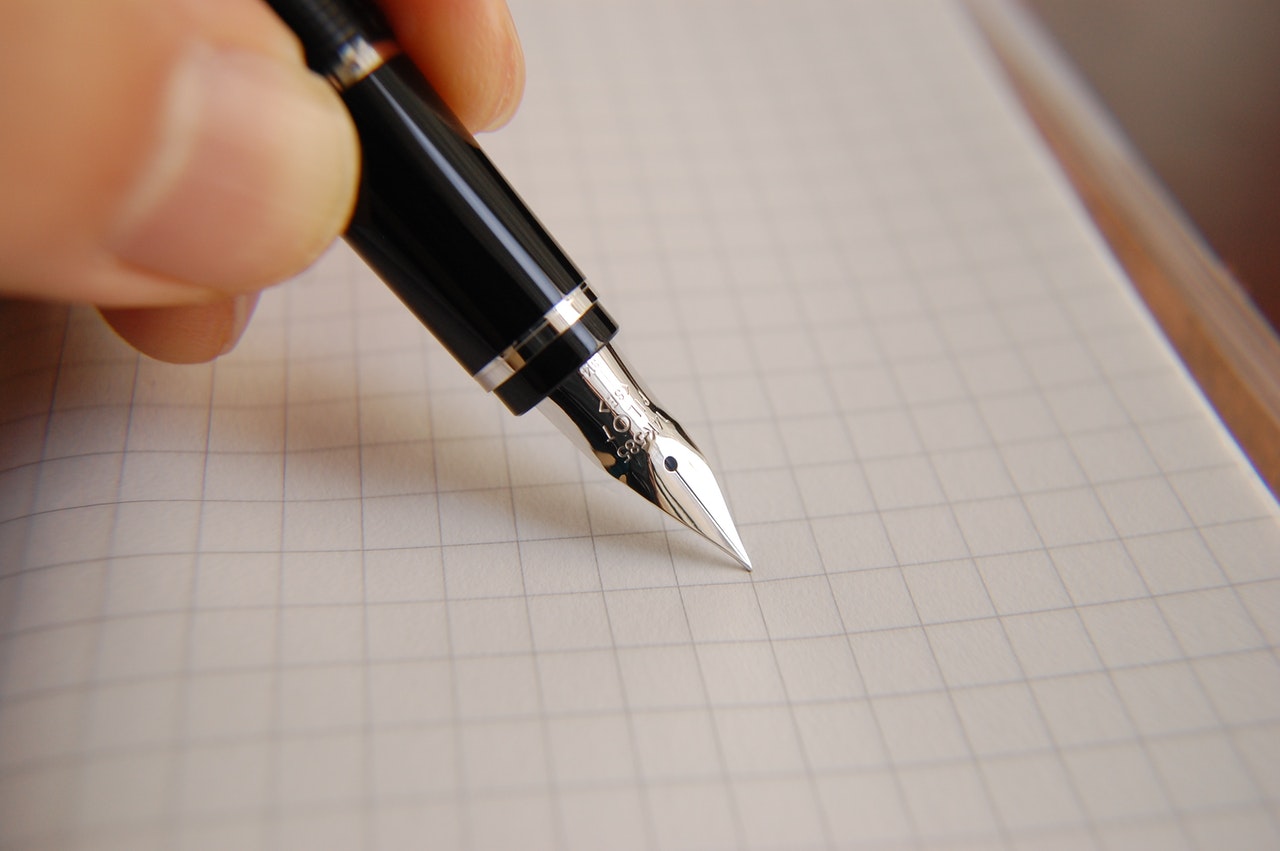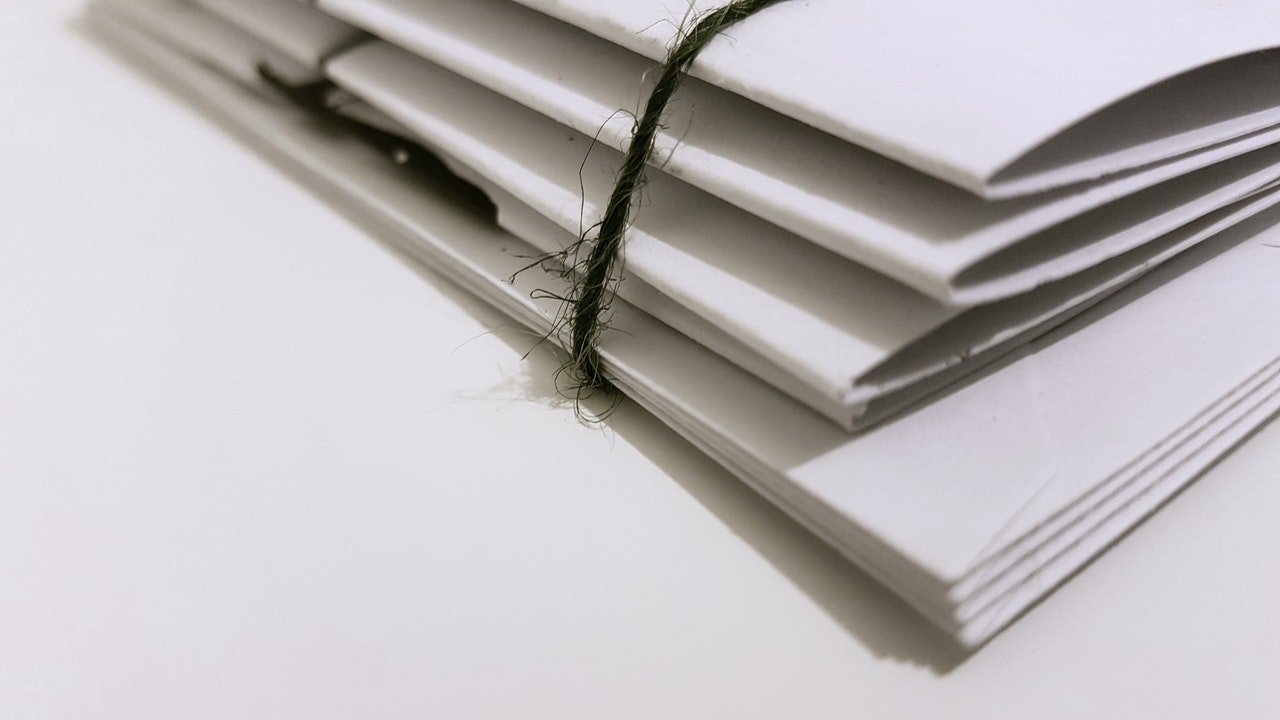With social media connecting us to more people globally, technical writing was sure to follow the same path. What does it take to be a global technical writer? How much the global clients need and what they need has to be clearly defined. The key will be in understanding the local culture and language. But how will this interpretation and translation of terms be understood if you are not there? Think of this as providing e-training and you are providing a distance learning program – it might help you in figuring out new ways to get your information across. But here are some ideas to think about.
In terms of writing:
- Create a standardized dictionary of terms (including terms to avoid) and spelling (remembering spellings such as ‘color’ vs ‘colour’).
- Be flexible in adjusting your use of words depending on whom you’re writing for. One culture may like explicit detailed longer explanations, whereas another may like short succinct definitions. As with many target audiences, another culture may prefer illustrations instead of words, or both, or videos or webinars instead.
- Plan out your documents and create outlines for approval.
- Determine ahead of time how you will be managing changes or updates.
- Give appropriate examples within explanations; make it pertinent to the product or application. Do not use examples that the client’s culture may not understand.
- Get your first draft authorized to ensure you are writing the way you are supposed to be and are relaying the correct information using the correct terms. It is better to find out the problem areas up front than have bottlenecks later on and be late on delivery
In terms of managing:
- Make sure you have all the information you need before you begin writing.
- Prepare questions ahead of time for meetings to ensure there’s no misunderstanding before you begin producing your document.
- Make sure the same tools or technology is being used for sending and receiving information. It would be a waste of time if you wrote, illustrated, created videos or used other means to transfer knowledge in one particular format and the client didn’t have those applications.
- Have open lines of communication to ensure knowledge and comprehension is correctly conveyed
- Make sure that deadlines and milestones are understood by all parties- hold intermittent status meetings to ensure that everyone is still on the same page and that the project is progressing as it should.
- Be flexible with time schedules depending on whom you’re meeting with.
- Be sure to answer the question ‘how to handle security of the document’ if that is an issue.
- Invest in a document managing system if the need arises to maintain organization.
As a gobal technical writer, you have to envision or put yourself in the place of the stakeholders. There will be a lot of translation hindrances or obstacles, but being vigilant about maintaining direct communication will decrease the number of error and barriers.
If you have had experience being a global technical writer, please share your experience.










